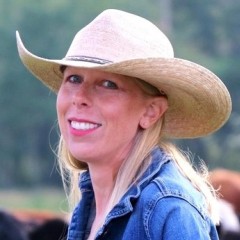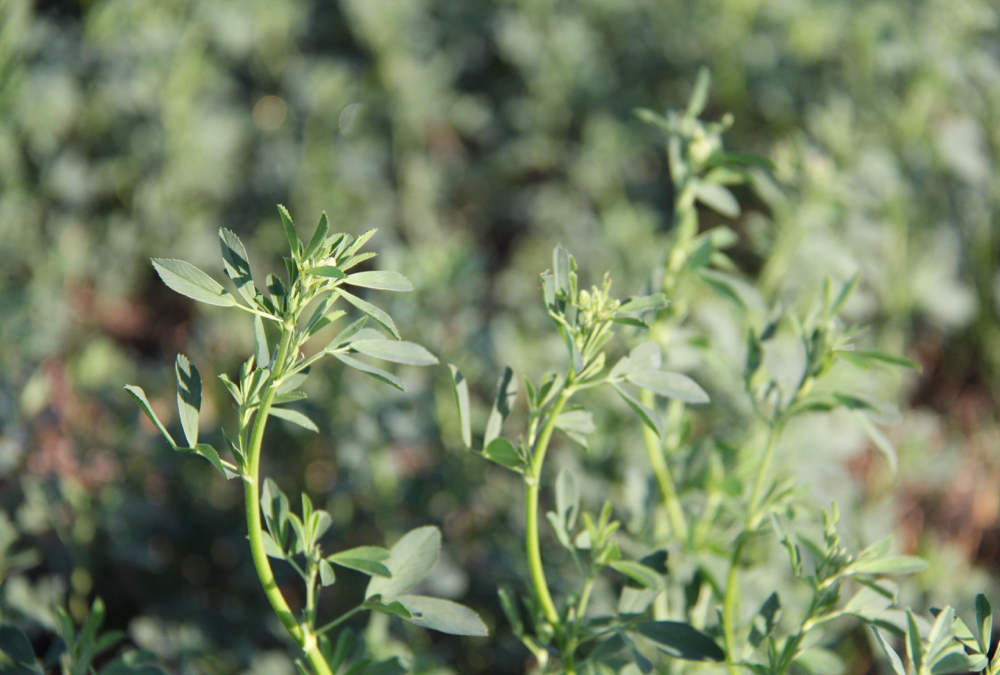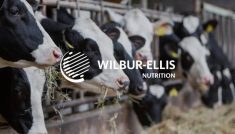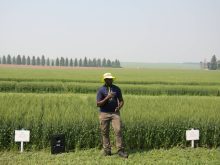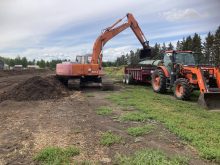When you think annual crops, you also think about the fertilizer needs for that crop.
But the nutrient needs of the 26-million-plus acres of forages are not often thought of.
“Not fertilizing forage stands is often a missed opportunity,” said Ross McKenzie, a former Alberta Agriculture soil and crop researcher.
Read Also
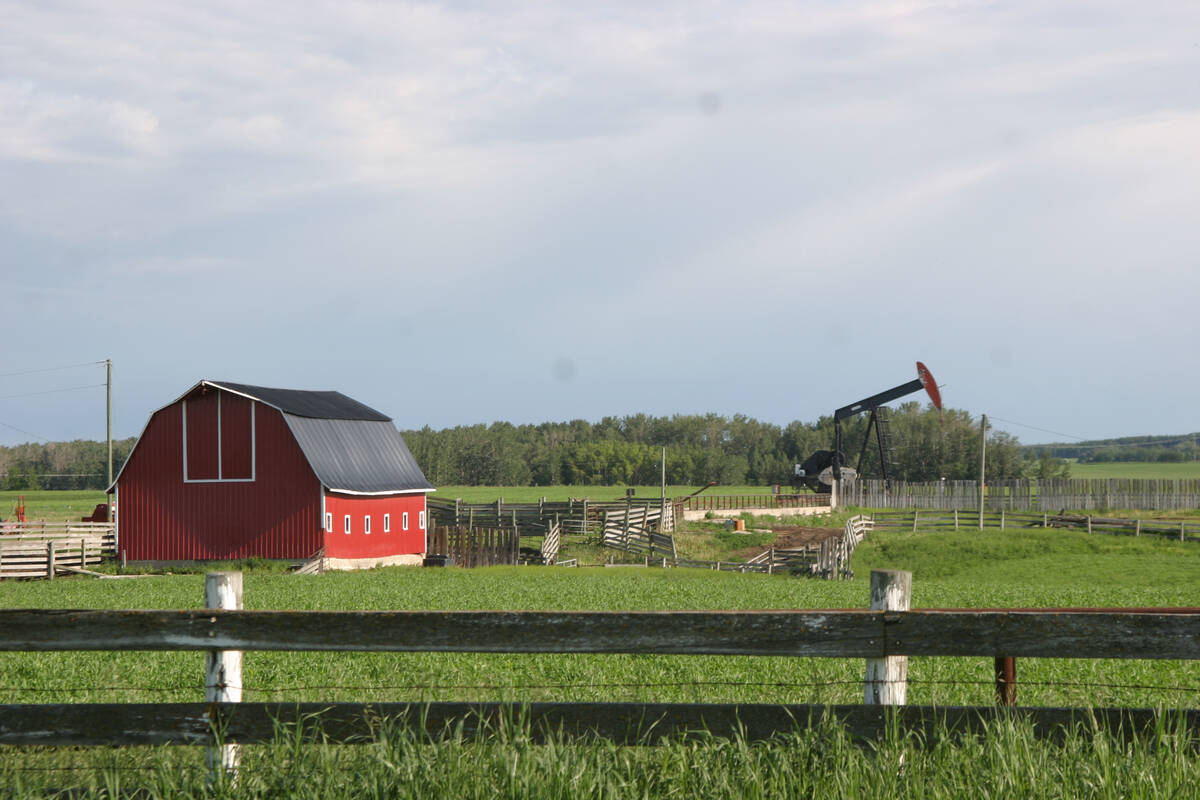
Recommendations in the mature assets strategy could cause potential problems for landholders
The Western Stock Growers’ Association urges producers to pay attention to the potential changes to Alberta’s Mature Assets Strategy.
By the end of the growing season, there’s almost no nitrogen left in most forage stands, he said.
“If the crop is healthy, it’ll suck most of the nitrogen out.”
Phosphorus and potassium don’t change much from year to year while sulphur can be a bit variable, he added.
“You might find limiting amounts of sulphur in the surface soil, but a fair amount of sulphur at depth,” said McKenzie, adding that’s fine because the deeper-rooted forage crops will tap into those reserves.

But all of that reinforces the idea that not knowing what nutrients are limited in a forage stand means you can only guess what fertilizer program is required.
“Soil testing is really the process to see where your nutrient levels are,” said McKenzie. “From there, knowing what your soil nutrient levels are, you can develop a fertilizer plan.
For grass and mixed alfalfa-grass stands that are more than three years old, nitrogen is almost always the most limiting factor.
Soil testing can be done in either fall or spring, but it’s a task you may want to do earlier than later.
“The advantage of doing it in the fall is it allows time for planning over winter, getting your best prices on fertilizer, and then you’re ready to go first thing in the spring.”
Moreover, soil testing in spring can’t be completed until the frost is out of the ground.
“The grass and alfalfa are starting to grow, so you might be putting on your fertilizer too late,” he said. “Most of the time, grasses and alfalfa will be fairly quick to start greening up, so you want to get the fertilizer on as quickly as possible, so nutrients aren’t going to be a limiting factor.”
Producers also need to get the correct soil test for their forage stands.
“When you send your soil samples to a lab, make sure it uses the recommended soil test procedures for Alberta,” McKenzie said.
Some labs don’t use the recommended phosphorus analysis that soil test correlations have been done. Alberta uses the Modified Kelowna method — that is the recommended method for B.C., Alberta, and Saskatchewan. More than 30 years of soil test calibration work has been done with that method, he noted.
“If that method is not used, then you are not going to get the best recommendations.”
Location of the forage stand is key.
A stand in the brown soil zone near Bow Island will be managed and fertilized different than one in the black soil zone near Leduc. The timing and amount of precipitation, number of cuttings, and productivity levels are also going to be different.
Application, though, is likely going to be the same no matter where you ranch.
“We are always going to be broadcasting our fertilizer, and I suggest granular because it’s cheaper than liquid fertilizer,” McKenzie said.
However, when broadcasting urea, producers need to be aware of the volatilization losses.
“If the soils are cool and moist in the morning and they warm up in the afternoon, the moisture will activate the enzymes in the soil called urease and that will start to attack the urea fertilizer and start to break it down. It converts urea into ammonia, which is a gas, and that fertilizer will just gas off.”
Nitrogen stabilizer products (such as Agrotain) are available and can be applied to the urea to inhibit urease and prevent nitrogen loss. McKenzie cautions against using ESN, however.
“In our research in Alberta, we found it releases so slowly when it is just sitting on the soil surface,” he said. “I normally don’t recommend ESN for any broadcast application.”
Applying fertilizer to forage stands will help increase their longevity.
“If you keep your stand healthy by applying nitrogen, then that’s going to help the stand stay healthy and last a lot longer.”
But again, location; using soil tests to create a plan, and timing of application and timing of use are all key.
“If you are going to take one cut, then a spring application of nitrogen will be OK,” McKenzie said. “But if you are planning on taking multiple cuttings, then splitting applications into two or three applications during the growing season will be better.”
On forage stands, phosphorus is often the second most limiting factor for production.
Once soil tests are completed, then producers can compare their results to the charts that are developed for fertilizing grass and hay stands to see what the appropriate amount of phosphate fertilizer would be.
Although you may want to up that.
“You might decide rather than put on the recommended amount you go to a higher rate and then you’re good for three to four years,” McKenzie said.
When phosphorus is broadcast it is not very mobile and so doesn’t move into the soil very quickly, he noted.
“If you are deficient, you might be better off to put on a higher rate and that will slowly move into the soil. When moisture conditions are good, crops like alfalfa have feeder roots quite close to the surface and they are able to take that phosphorus up reasonably well.”
Potassium and sulphur aren’t as deficient as phosphorus in Alberta soils. About 25 per cent of soils in Alberta are potassium deficient — largely in the thin-black, black, and grey soil zones.
“It’s less common to run into potassium deficiencies in the brown and dark-brown soils,” said McKenzie. “Once you get into higher-rainfall areas, where soils are more productive, it’s more common to see potassium deficiencies.”
Sulphur is quite variable.
“It’s very unusual to run into a sulphur deficiency in the southern portion of the province,” he said. “It’s because sulphate sulphur is a form that is taken up and it’s mobile in soil.”
Gypsum (calcium sulphate) is common in the C horizon of the brown and dark-brown soils, and deep-rooted forage crops are usually able to access this soil layer and take up the sulphur that is there. In central and north-central Alberta, sulphur deficiency becomes more common.
“Grey soils tend to be very responsive to sulphur,” said McKenzie. “That was first identified in the 1930s at the Breton Plots.”
Farmers who soil test their forage stands each year will get a good handle on their nutrient needs.
“Once you develop a good understanding of your hayfield you might decide in a normal year, ‘I’m going to put on 80 pounds of nitrogen and 25 pounds of phosphorus, but I don’t need potassium or sulphur.’
“Oftentimes you can develop a good feel for what you need to be doing so you don’t really have to soil test every year.”
But he cautions against applying “general recommendations” if soil tests have never been done on hay land.
“They (producers) might want to soil test for a few years so they can develop a good feel for the fertility of their land.”

